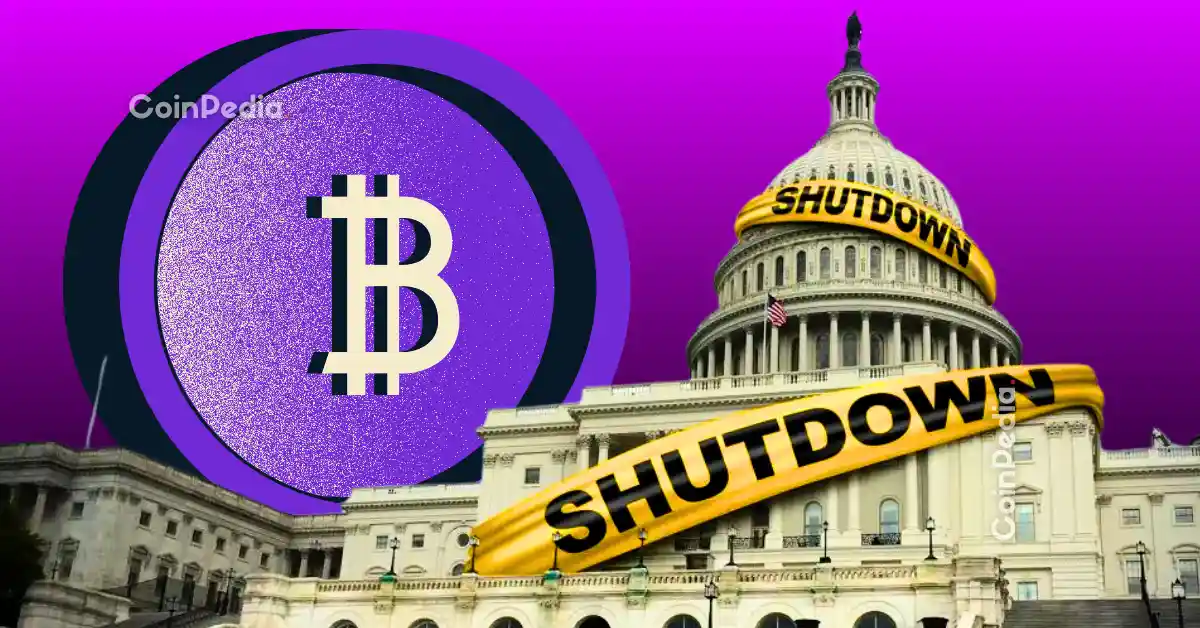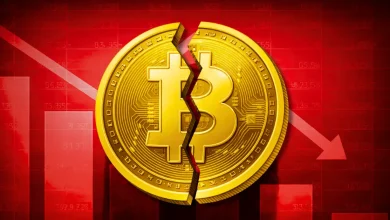
After 41 days of shutdown, the Senate advances a funding plan, edging the nation closer to reopening as lawmakers race against rising public frustration.
Democrats secure worker protections and an ACA tax-credit vote, but party tensions flare as progressives warn the deal risks higher healthcare costs.
After 41 days of shutdown, airport lines have grown longer, federal workers are still unpaid, and public frustration is boiling. But last night, for the first time in weeks, Washington showed signs of movement. The U.S. Senate voted 60–40 to advance a government funding plan, the most significant step toward reopening the government since the shutdown began.
It wasn’t a final vote, just a procedural one. Lawmakers approved moving the bill forward, then abruptly adjourned until Monday at 11 a.m., leaving the government technically closed for at least another day.
What the Plan Would Do
If the final vote succeeds, several key federal departments, including Agriculture, Veterans Affairs, and military construction, will be funded for the entire fiscal year. The rest of the government would receive temporary funding until January 30, 2026, buying time for a longer-term deal.
But even with the Senate making progress, the plan must also pass the House of Representatives before the government can officially reopen. House Speaker Mike Johnson wants the House to take up the bill by Wednesday, assuming the Senate finishes its part.
- Also Read :
- How Long Will the U.S. Government Shutdown Last?
- ,
Democrats Push for Worker Protections
Democrats agreed to advance the plan only after securing two major commitments from the Trump administration. First, any federal worker fired during the shutdown must be rehired and must receive full back pay for every day lost.
Second, the administration agreed to hold a vote in December on extending the Affordable Care Act tax credits, which help millions of Americans afford health insurance. These subsidies are set to expire at the end of the year, and without the extension, insurance bills could rise. The deal promises only a vote, not a guaranteed outcome.
Tension Inside the Democratic Party
Not everyone is satisfied. Progressive Democrats argue their party gave up too much. They believe Democrats should have refused to move forward until the ACA subsidies were guaranteed in the bill. Senator Elizabeth Warren and others say advancing the spending bill without securing those protections weakens their leverage.
Political commentator Adam Cochran said eight Democrats, most of whom are retiring, “caved without winning anything meaningful,” warning that healthcare costs could rise because of their decision.
Split Reactions and Unfinished Business
According to Bull Theory, once the government reopens, nearly $953 billion in Treasury funds can start flowing back into the economy. Combined with the Fed preparing to end tightening in December, this means more liquidity. The SEC can resume work on altcoin ETFs, and pro-crypto bills may finally move forward. In short: more spending, more liquidity, and potentially bullish momentum for crypto.
For the first time in forty-one days, reopening feels within reach, but it still depends on the final votes. The country waits.
Never Miss a Beat in the Crypto World!
Stay ahead with breaking news, expert analysis, and real-time updates on the latest trends in Bitcoin, altcoins, DeFi, NFTs, and more.
FAQs
The government can reopen once the Senate passes the final vote and the House approves the funding bill, which leaders aim to take up by mid-week.
The plan fully funds key departments for the year and gives temporary funding to others until January 30, 2026, creating time for long-term negotiation.
Yes. The agreement requires that any worker fired during the shutdown be rehired and receive full back pay for every missed day.
Reopening unlocks major Treasury funds and lets regulators resume work, which could boost liquidity and support positive momentum in financial markets.
Trust with CoinPedia:
CoinPedia has been delivering accurate and timely cryptocurrency and blockchain updates since 2017. All content is created by our expert panel of analysts and journalists, following strict Editorial Guidelines based on E-E-A-T (Experience, Expertise, Authoritativeness, Trustworthiness). Every article is fact-checked against reputable sources to ensure accuracy, transparency, and reliability. Our review policy guarantees unbiased evaluations when recommending exchanges, platforms, or tools. We strive to provide timely updates about everything crypto & blockchain, right from startups to industry majors.
Investment Disclaimer:
All opinions and insights shared represent the author's own views on current market conditions. Please do your own research before making investment decisions. Neither the writer nor the publication assumes responsibility for your financial choices.
Sponsored and Advertisements:
Sponsored content and affiliate links may appear on our site. Advertisements are marked clearly, and our editorial content remains entirely independent from our ad partners.







